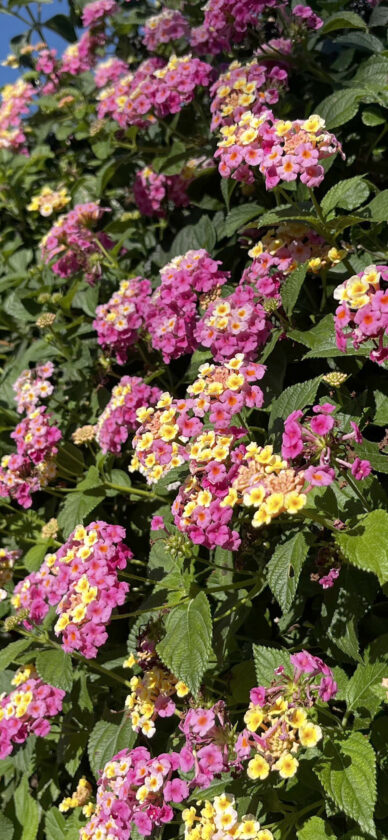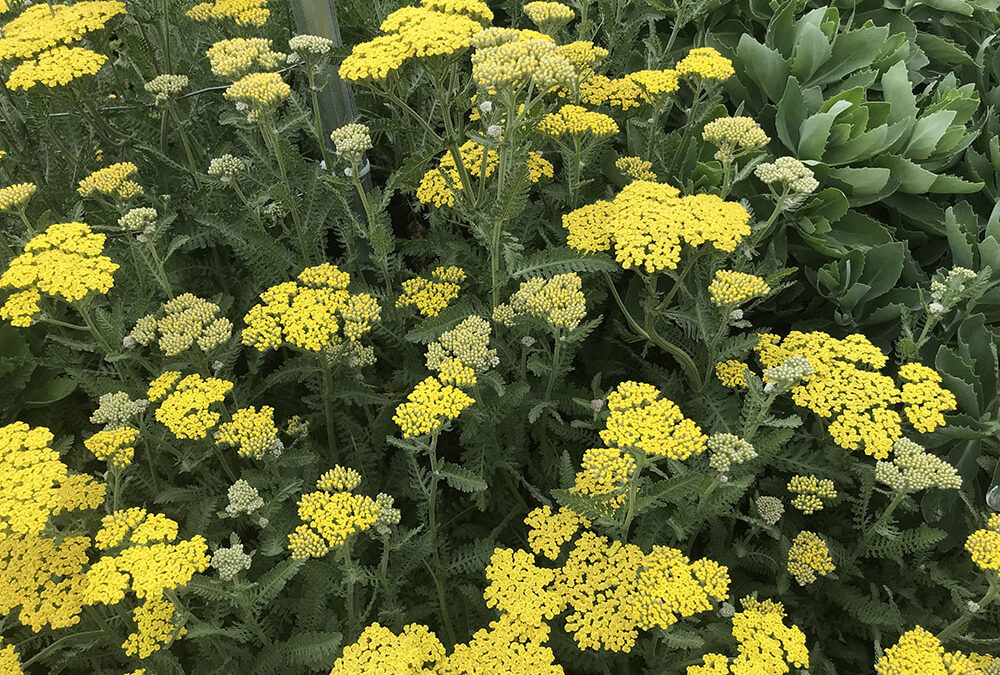During a week of sweltering temperatures, you may have spent your days at the breezy beach or even avoided the great outdoors altogether by taking cover in cool air conditioning. Unfortunately, your garden had nowhere to hide and might be showing signs of distress.
After a heat wave, the first order of business is damage control. Do a walk through and analyze the situation. Some of your plants will show obvious signs of stress as if they are crying out for a drink of water. Hydrangeas shrivel up and hang limp when they need watering. Although it’s best not to wait until they look so visibly miserable, they are also drama queens that usually perk up after a healthy dose of water. Choose a time early in the morning to water your plants. You want to give them time to absorb the water before the sun simply evaporates every precious drop. Give your plants one good soaking as opposed to frequent shallow doses of water that are only wetting the surface of the soil. But make sure the soil is well-drained, because even during a heat wave, most plants do not like soggy roots, which can lead to rot. Potted plants must have drainage holes, but keep in mind that potted plants also dry out faster, so give them extra water during droughts or heat waves.
Look for other signs of damage such as diseased, brown, or dead leaves. You will want to cut away these unhealthy leaves since they will draw energy away from an already stressed plant. Prune the stems of your plants so that they have good airflow, since powdery mildew thrives in humid conditions. You may also need to cut away some of your precious flowers. Producing flowers takes a lot of energy from a plant. Under stressful conditions, your goal is to save the plant and keep it as healthy as possible. Give your plant a chance to recover and you can both focus on flowers once the danger zone has passed.
One of the best ways to protect your plants comes long before the crisis arrives. Preventative measures will help your plants survive weather extremes. Mulching your plants provides a layer of protection by helping to regulate the soil temperature and protect the roots from both drought and cold. As a bonus, organic mulch will break down and provide nutrients to your plants while also suppressing weeds. Mulch will contribute to the overall health of your plants, and healthy plants are more likely to survive difficult garden situations.

Perennials by their very nature are better equipped to handle drought and frost. They have stared down winter and reemerged in spring with vigor. Established perennials will have deep roots and are built to last year after year. However, newly planted perennials will need a little extra coddling. Avoid planting new plants in the garden on hot days. If you found irresistible coneflowers and daisies from the garden market, keep them in their original containers and in the shade until the heat wave passes. I like to check the weather and move plants around on an overcast day when rain is in the forecast. A few days of rain will help new plants settle into their new homes nicely. When shopping for new plants for your garden, choose drought-resistant perennials suited to our South Jersey Garden Zone 7 such as yarrow, penstemon, coreopsis, and sedum.
Annuals generally have shallow roots and are less likely to survive drought or inconsistent conditions. But they do have their place. When, despite all your best efforts, a plant fails, annuals can step up to the plate as pinch hitters. They will add a pop of color to a bare spot and provide pollinators with extra nectar and pollen while your perennial reboots. Some drought resistant annuals are: lantana, cosmos, marigold, and zinnia.
When stressed, some of your vegetables and herbs will begin to bolt. This will be most evident in cool-weather plants such as cilantro, spinach, and lettuces. They will start putting out flowers that will eventually go to seed. Many of the flowers of these herbs and vegetables are also edible and look pretty as a garnish. I enjoy these flowering herbs at this unique stage in the garden and eventually harvest the seeds for next year’s planting.
We would love to hear from our readers. How are you surviving hot days in the garden? Send your comments and questions to: shorelocalgardener@gmail.com.
Tammy Thornton lives with her husband, children, and crazy pets while enjoying a life of gardening, cooking, and going to the beach.

















